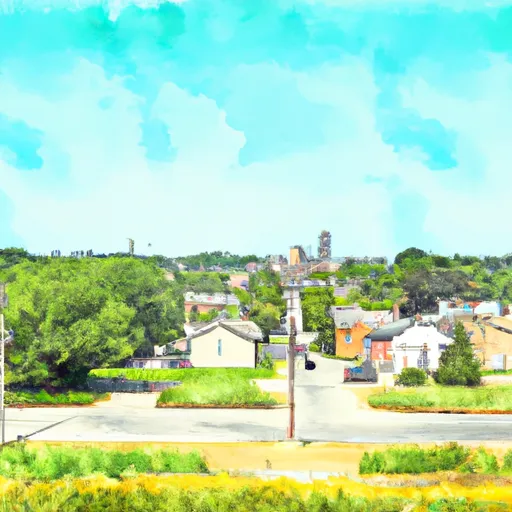°F
°F
mph
Windspeed
%
Humidity











Zearing, Iowa is a small town located in the central part of the state. The town experiences a humid continental climate, characterized by hot summers and cold winters. Average temperatures range from around 20°F (-6°C) in winter to 85°F (29°C) in summer. Precipitation is fairly evenly distributed throughout the year, with an average of 36 inches (91 cm) annually.
The hydrology constituents in Zearing consist of several small tributaries of the Skunk River, which flows nearby. These waterways offer opportunities for fishing and boating, with common species including bass, catfish, and panfish. The river valleys also provide scenic areas for hiking and wildlife observation.
Zearing and its surrounding areas offer various outdoor recreation opportunities. The nearby Hickory Grove Lake provides a popular spot for swimming, boating, and camping. The local park system includes facilities for baseball, softball, and soccer, as well as playgrounds and picnic areas. In the winter, residents and visitors can enjoy activities like ice fishing and snowmobiling in the surrounding areas.
Overall, Zearing, Iowa offers a pleasant climate, diverse hydrology constituents, and numerous outdoor recreation opportunities for residents and visitors to enjoy throughout the year.
Weather Forecast
Zearing receives approximately 877mm of rain per year, with humidity levels near 82% and air temperatures averaging around 9°C. Zearing has a plant hardyness factor of 5, meaning plants and agriculture in this region thrive during a short period during spring and early summer. Most plants will die off during the colder winter months.
Regional Streamflow Levels
205
Cubic Feet Per Second
63
Cubic Feet Per Second
14
Cubic Feet Per Second
100
Cubic Feet Per Second
Nearby Camping
| Camping Area | Reservations | Toilets | Showers |
|---|---|---|---|
| Cleary Lake Regional Park | |||
| Lincoln City Park | |||
| Isanti County Fairgrounds | |||
| Van Meter State Park | |||
| Carrollton City Park | |||
| Elk Rock State Park |



